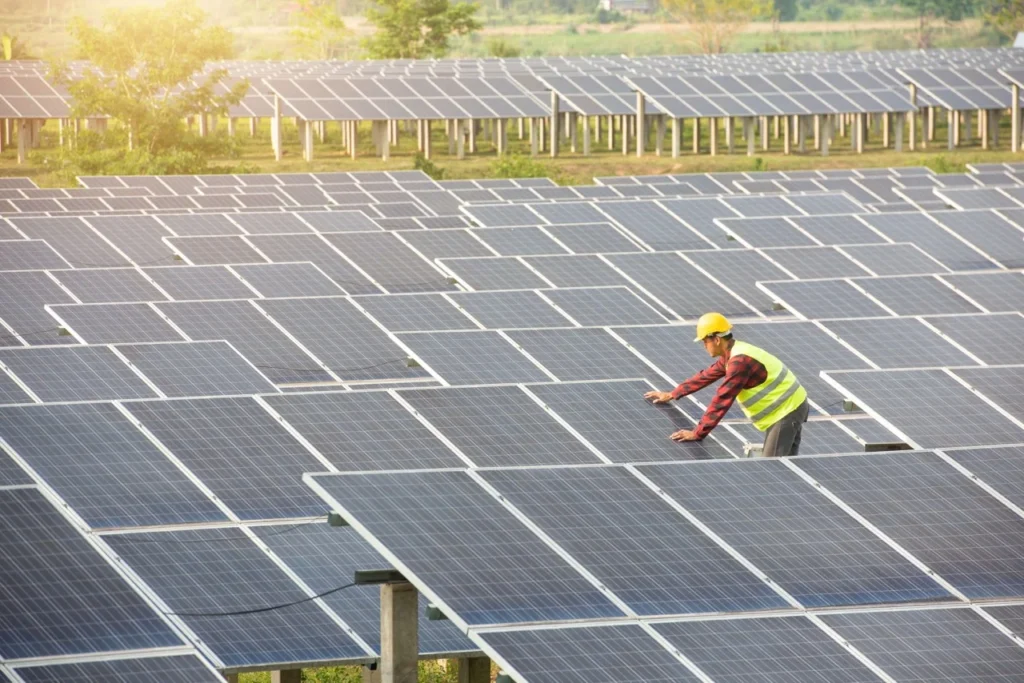As the world races toward cleaner energy solutions, India is emerging as a surprising front-runner, outpacing many global trends in the transition from fossil fuels to renewable power. A new report by the U.S.-based Rocky Mountain Institute (RMI) reveals that India is leveraging affordable, homegrown clean energy technologies to meet its surging electricity needs while building a more sustainable future.
Titled “Empowering India: The Clean Energy Growth Opportunity,” the report positions India as a standout example of how a rapidly developing nation can drive economic growth and environmental progress in parallel. Powered by innovative policy frameworks, cost-effective solar and wind technologies, and a growing domestic manufacturing base, India is rapidly transforming its energy landscape.
India’s electricity demand is expected to triple by 2050, driven largely by growing urbanisation, increased vehicle ownership, and a spike in air conditioning use. But instead of leaning on traditional coal-fired power plants, India is seizing the opportunity to build a next-generation energy infrastructure from the ground up, prioritising renewables over reliance on imports.
Currently, fossil fuel imports account for 5% of India’s GDP, a financial strain the government hopes to ease through its push for self-sufficiency in clean energy. And the economics are now firmly in favour of this transition: the report highlights that new solar-plus-storage facilities in India are already cheaper than building new coal power plants. Even more striking, standalone solar is now less expensive than operating existing coal-fired plants.

India is also home to one of the world’s largest renewable energy projects under construction, nearly four times the size of comparable undertakings in the U.S. or Europe. This scale reflects India’s ambition not only to power itself sustainably but to position itself as a global leader in clean energy production and technology.
The country is making major strides in local manufacturing as well. India is fast becoming self-reliant in producing solar modules, wind turbines, and battery storage systems, supporting domestic job growth and reducing the need for costly imports.
Despite these advances, India currently attracts just 4% of global clean energy investment, a shortfall that the report says must be addressed if India’s energy revolution is to reach its full potential.
With stronger international financial support, RMI estimates that India could deliver emissions reductions greater than those of Europe and North America combined by mid-century. The country’s progress could become a vital model for other emerging economies seeking sustainable development without sacrificing growth.
Earlier this month, India reaffirmed its international commitment to clean energy by renewing a memorandum of understanding (MoU) with Denmark, extending their partnership on green energy solutions and infrastructure planning.
As the global climate clock ticks louder, India’s clean energy playbook is rewriting what’s possible, not just for itself, but for the world.



